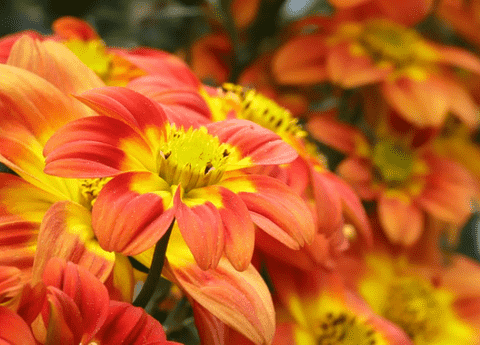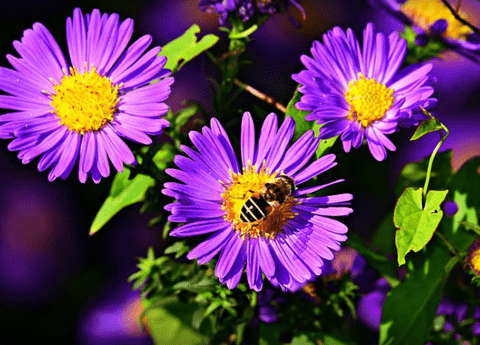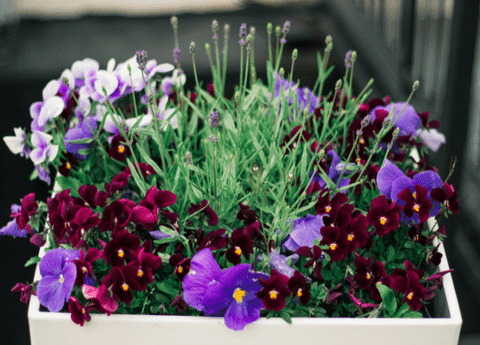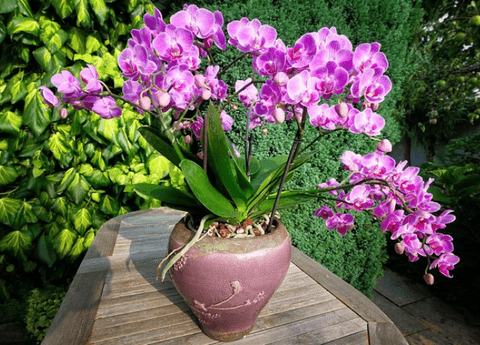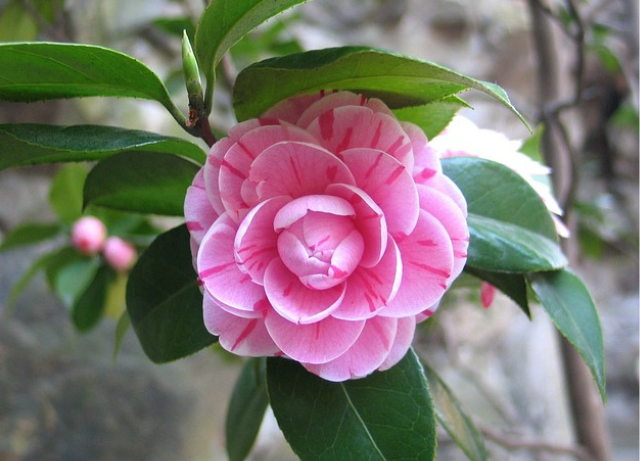The Ultimate Guide to Growing Bidens: Tips for Homeowners and Gardeners
Table of Contents
Growing Bidens can bring a splash of vibrant color and a touch of elegance to any garden or home landscape. These hardy, low-maintenance flowers are perfect for gardeners and homeowners looking to add a cheerful burst of yellow or orange to their outdoor spaces. In this ultimate guide, we will delve into everything you need to know about planting Bidens, from selecting the right variety to mastering the essential Bidens care guide. Whether you’re a seasoned gardening enthusiast or a novice homeowner, our Bidens growing tips will help you cultivate these beautiful blooms with ease. Get ready to transform your garden with the radiant charm of Bidens, and watch as your outdoor space comes to life with its vibrant hues and delicate petals.
Introduction to Growing Bidens
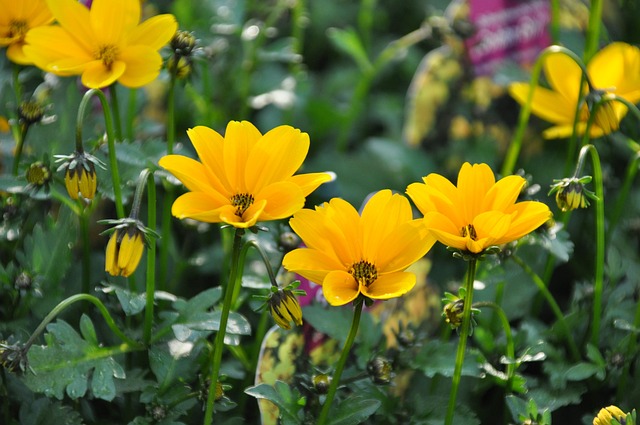
Why Choose Bidens for Your Garden
Bidens are an excellent choice for any garden due to their bright and cheerful blooms, which can add a splash of color to your outdoor space. These flowers are relatively low-maintenance, making them perfect for both novice and experienced gardeners. Additionally, Bidens are known for their long blooming period, often flowering from early summer until the first frost. This extended blooming season provides an opportunity to create a consistently colorful landscape, making your garden a joyful retreat.
Furthermore, they attract pollinators such as bees and butterflies, which can be beneficial for the overall health of your garden. The presence of these pollinators supports the ecosystem and enhances the growth of other plants in your garden. Their resilience and ability to thrive in various soil conditions make them a versatile and reliable addition to any landscape. Whether used in garden beds, borders, or containers, Bidens are sure to bring beauty and vitality to your garden. The addition of Bidens can also create a textured and layered look in your garden, allowing you to experiment with different design aesthetics.
Understanding Bidens Varieties
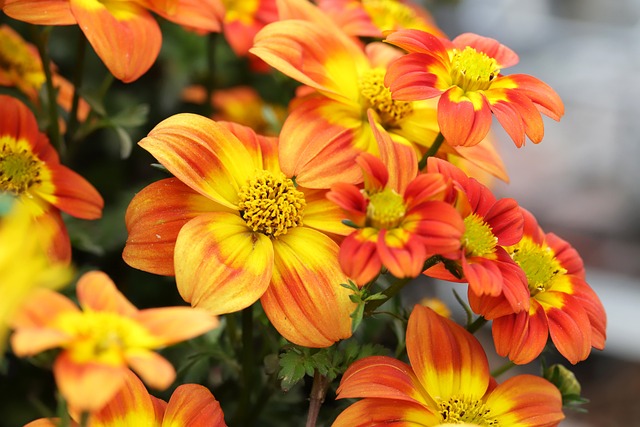
When it comes to growing Bidens, understanding the different varieties available can help you choose the best fit for your garden. There are several species of Bidens, each with unique characteristics. The most popular varieties include Bidens ferulifolia, known for its bright yellow flowers and fern-like foliage, and Bidens alba, which features white petals and a yellow center. Some varieties are more compact and suitable for containers, while others can spread and cover larger areas. Additionally, certain hybrids have been developed to offer a range of colors beyond the traditional yellow and orange, including shades of pink and red. Each variety has its own growth habits and care requirements, so it’s essential to research and select the one that aligns with your gardening goals. By choosing the right Bidens variety, you can ensure a stunning and harmonious display in your garden. The different varieties also provide an opportunity to create a dynamic and visually interesting garden space.
Planting and Care Guide
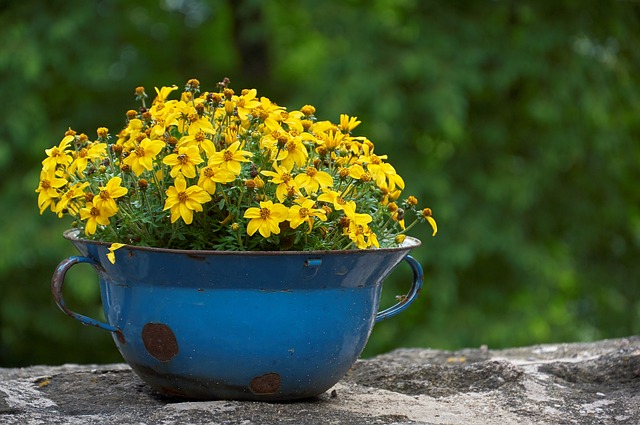
Ideal Soil and Light Conditions
To successfully grow Bidens, it’s crucial to provide the ideal soil and light conditions. Bidens thrive in well-drained soil that is rich in organic matter. They prefer a slightly acidic to neutral pH but are quite adaptable to various soil types. Ensuring good drainage is essential, as Bidens do not tolerate waterlogged conditions. Improving soil quality through the addition of compost or organic matter can also enhance the growth and health of your Bidens.
When it comes to light, Bidens are sun-loving plants that perform best in full sun. They require at least six to eight hours of direct sunlight daily to produce their vibrant blooms. While they can tolerate partial shade, insufficient light can lead to fewer flowers and a less vigorous plant. Before planting, choose a location in your garden that receives ample sunlight throughout the day. Proper spacing between plants can also ensure they receive adequate light and air circulation. By providing the right soil and light conditions, you can ensure that your Bidens will flourish and bring continuous color to your garden.
Watering and Feeding Tips
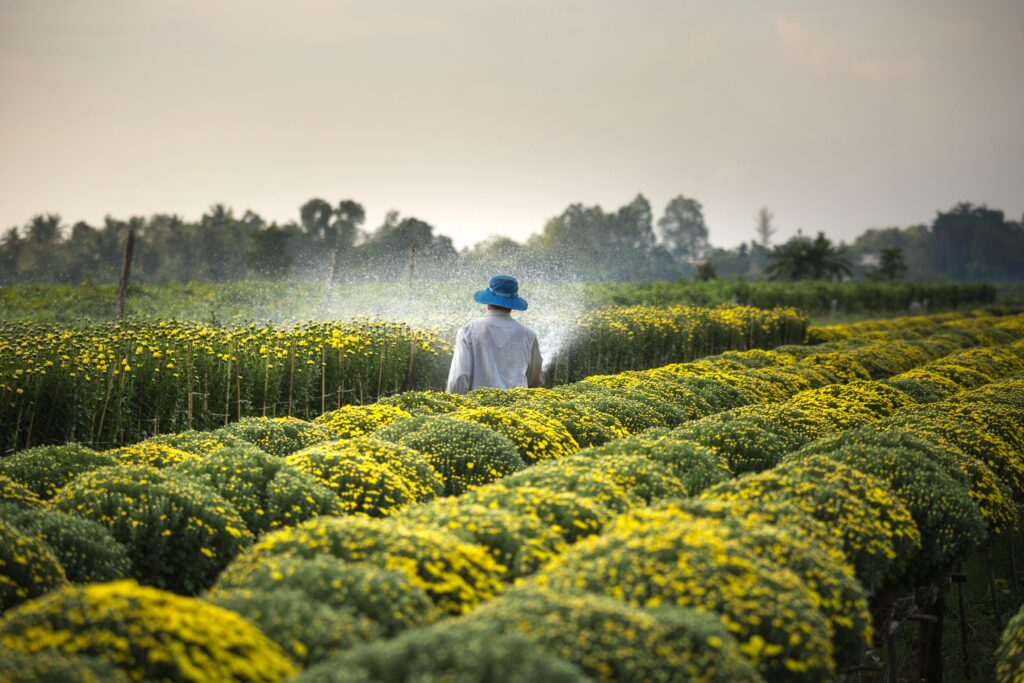
Watering and feeding are essential aspects of the Bidens care guide to ensure healthy growth and abundant blooms. Bidens prefer consistent moisture but are relatively drought-tolerant once established. Water your Bidens regularly, ensuring the soil stays evenly moist but not waterlogged. During hot or dry spells, you may need to increase the frequency of watering to maintain adequate moisture levels. Mulching around the base of the plants can also help retain soil moisture and regulate soil temperature.
Feeding your Bidens is equally important. A balanced, slow-release fertilizer applied at the beginning of the growing season can provide the necessary nutrients for robust growth and flowering. Alternatively, you can apply a liquid fertilizer every two to three weeks throughout the growing season. Be careful not to over-fertilize, as this can cause too much foliage growth and reduce the number of flowers. Integrating organic fertilizers such as compost tea or fish emulsion can also be beneficial. By following these watering and feeding tips, you can keep your Bidens healthy and vibrant throughout the growing season.
Common Pests and Diseases
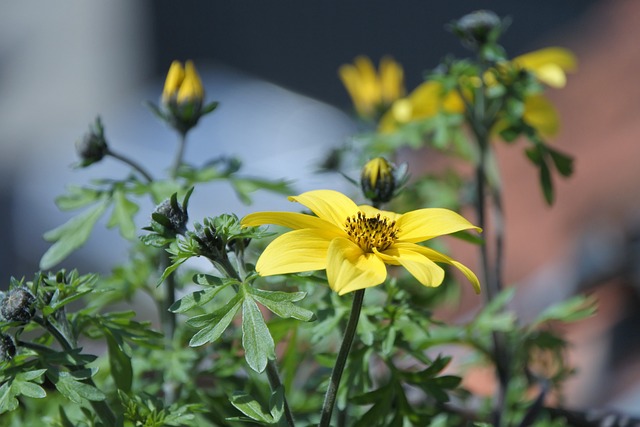
While Bidens are generally hardy and low-maintenance, they can still be affected by common pests and diseases. Aphids, spider mites, and whiteflies are some of the most frequent pests that may attack Bidens. These pests can cause damage by sucking plant sap, leading to yellowing leaves and stunted growth. Regularly check your plants and apply insecticidal soap or neem oil to control infestations. Introducing natural predators such as ladybugs can also help manage pest populations.
In terms of diseases, Bidens are susceptible to fungal infections such as powdery mildew and root rot. Powdery mildew appears as a white, powdery substance on the leaves and stems, which can be managed by ensuring good air circulation and avoiding overhead watering. Root rot, caused by overly wet soil conditions, can be prevented by planting Bidens in well-drained soil and avoiding waterlogging. Practicing good garden hygiene and rotating crops can also reduce the risk of disease. By staying vigilant and addressing any pests or diseases promptly, you can help ensure that your Bidens remain healthy and continue to thrive.
Advanced Bidens Growing Tips
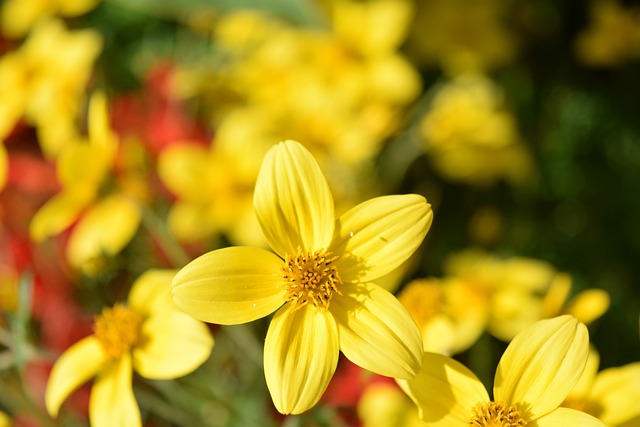
Pruning and Maintenance
Pruning and maintenance are key components of a successful Bidens care guide, helping to promote healthy growth and prolific blooming. Regularly remove spent flowers to encourage continuous blooming and prevent the plant from using energy on seed production. This practice not only keeps your Bidens looking neat but also extends the flowering period, allowing you to enjoy their beauty for longer. In addition to deadheading, consider lightly trimming the plant to maintain its shape and encourage bushier growth. Pruning can be done throughout the growing season, but avoid heavy cutting during extremely hot or cold periods to reduce plant stress. If your Bidens become too leggy, a more substantial trim can help rejuvenate the plant. Removing any dead or damaged foliage can also improve the plant’s overall health.
Regularly inspect your Bidens for any signs of disease or pest infestation, removing affected areas to prevent the spread. By incorporating these pruning and maintenance tips into your gardening routine, you can ensure that your Bidens remain healthy, vibrant, and full of blooms. Consistent care and attention can lead to a more resilient and attractive garden.
Propagation Methods
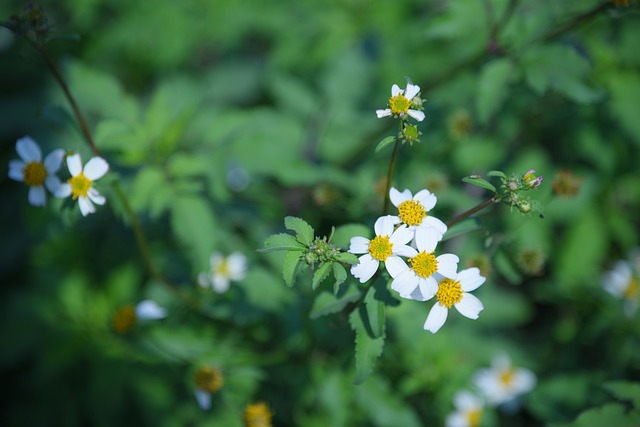
Expanding your collection of Bidens is easy with a few simple propagation methods. The most common method is by seed. Sow Bidens seeds indoors about 6-8 weeks before the last expected frost date. Use a well-draining seed starting mix and keep the soil consistently moist. Once the seedlings have developed a few sets of true leaves, they can be transplanted outdoors after the danger of frost has passed. Grow lights can help supplement indoor light conditions to ensure strong seedling growth.
Another effective propagation method is through cuttings. Take 3-4 inch cuttings from healthy, non-flowering shoots during the growing season. Remove the lower leaves from the cutting and coat the cut end with rooting hormone. Plant the cutting in a pot with a well-draining potting mix and place it in a warm, bright location. Maintain the soil moisture consistently but avoid overwatering until roots develop. Using a humidity dome or plastic bag can create a favorable environment for rooting.
Both methods are straightforward and can help you grow Bidens efficiently, allowing you to enjoy even more of these vibrant blooms in your garden. Experimenting with propagation techniques can also enhance your gardening skills and knowledge.
Seasonal Care and Overwintering
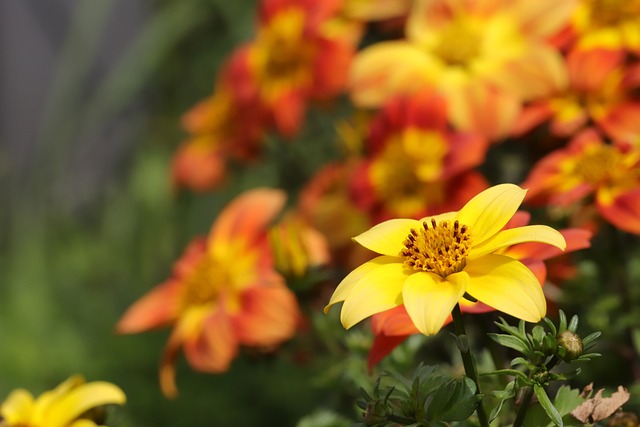
Seasonal care and overwintering are essential aspects of the Bidens care guide to ensure that your plants thrive year after year. During the growing season, continue regular watering, feeding, and deadheading to promote healthy growth and continuous blooming. As the temperatures start to drop in the fall, reduce watering to prevent waterlogged soil. Mulching can also insulate the soil and protect the plant roots from temperature fluctuations.
For overwintering, Bidens can be treated as annuals in colder climates. However, if you wish to keep them year-round, there are a few options. You can dig up the plants and transplant them into pots to bring indoors before the first frost. Place the pots in a bright, cool location and reduce watering to keep the soil slightly moist. Supplemental lighting may be needed to mimic outdoor conditions.
Alternatively, you can take cuttings and root them indoors to start new plants for the next growing season. Using grow lights and maintaining a controlled environment can help the cuttings thrive indoors. By following these seasonal care and overwintering tips, you can ensure that your Bidens remain healthy and ready to bloom again when warmer weather returns. Careful planning and preparation can extend the life of your plants and provide ongoing beauty in your garden.

